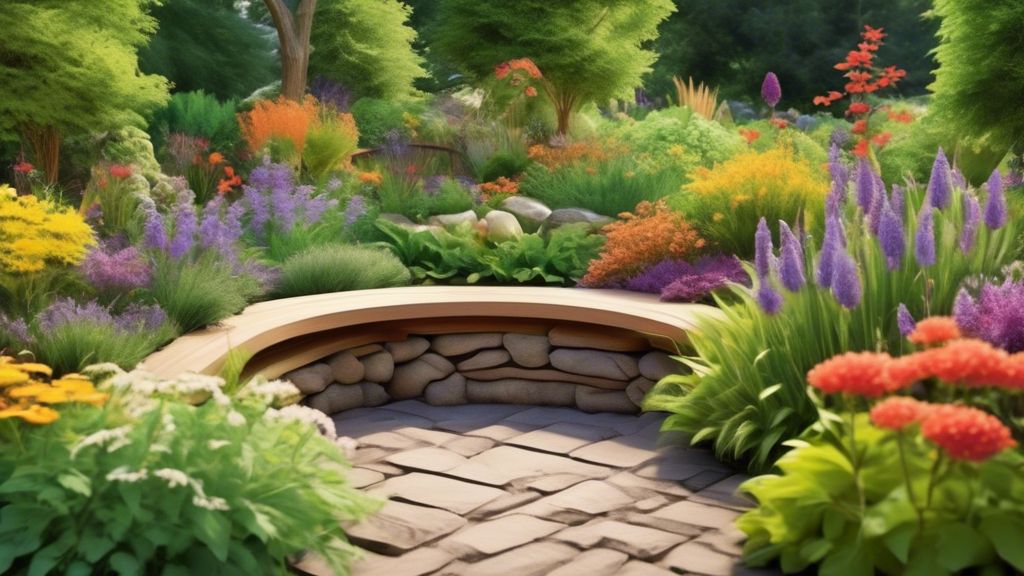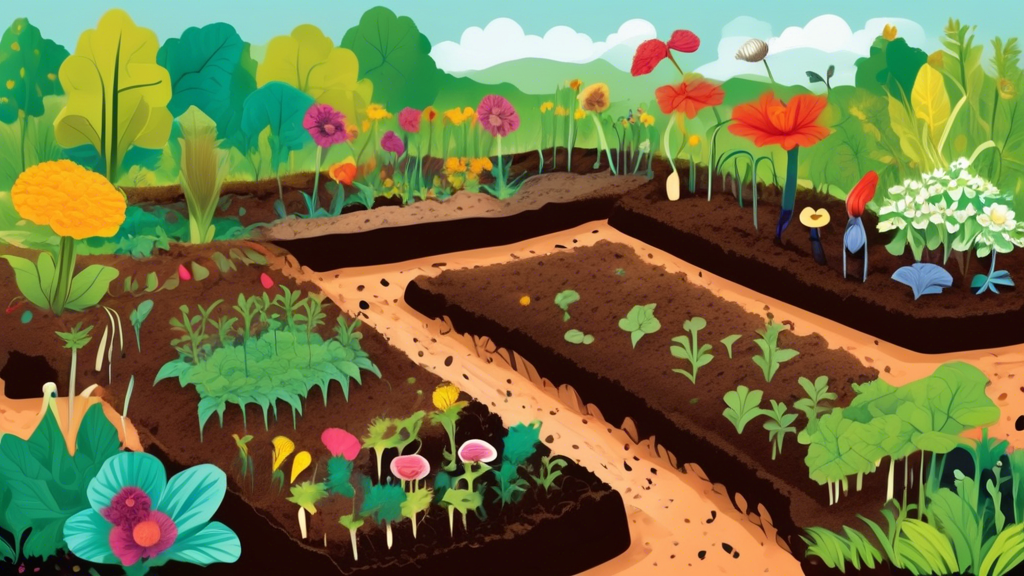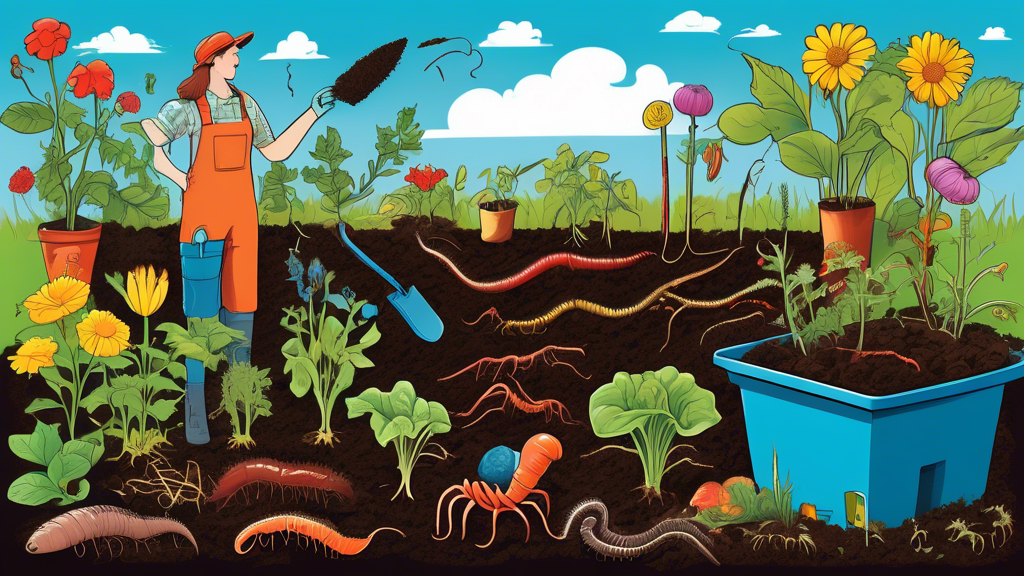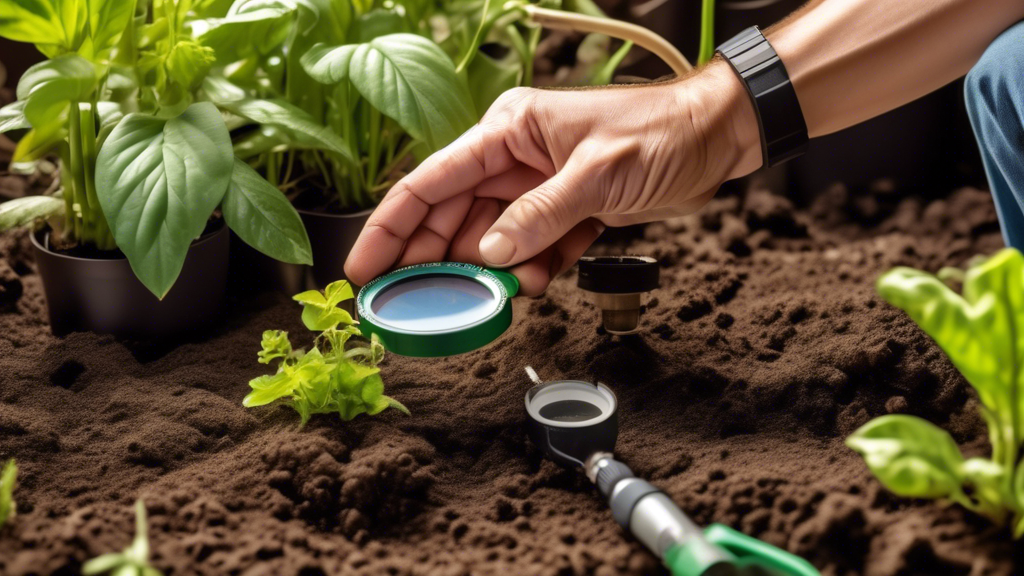
Drought-resistant gardening is an increasingly essential approach to maintaining vibrant landscapes while conserving water. With the growing awareness of water scarcity issues, incorporating water-saving practices into gardening routines benefits not just individual households but the environment as a whole. This article delves into essential strategies for water conservation specifically within the context of drought-resistant gardening.
Effective irrigation methods, such as drip irrigation systems and soaker hoses, play a crucial role in reducing water waste. These techniques allow precise water distribution directly to plant roots, minimizing evaporation and runoff. Additionally, proper soil and mulch management can greatly enhance moisture retention. Mulching, for instance, creates a protective layer on the soil surface, reducing water loss and maintaining a stable soil temperature. Selecting the appropriate soil type further supports efficient water usage by improving soil structure and water-holding capacity.
By adopting these practices, gardeners can successfully cultivate thriving gardens that require minimal water, ultimately contributing to broader water conservation efforts.
Introduction to Drought-Resistant Gardening
Importance of Water Conservation in Gardening
Water conservation is critical in gardening, especially in regions prone to drought. With a significant portion of household water usage attributed to garden care, adopting practices that reduce water consumption can have substantial environmental and financial benefits. Efficient water use not only helps sustain local water supplies but also supports healthier plant growth and lowers maintenance costs.
Overview of Drought-Resistant Gardening Techniques
Drought-resistant gardening employs various strategies to minimize water usage while maintaining plant health. These methods include selecting water-efficient plants, utilizing efficient irrigation systems, and improving soil health. By integrating these approaches, gardeners can create landscapes that thrive with less water.
Efficient Irrigation Methods
When aiming to conserve water in drought-resistant gardening, utilizing efficient irrigation systems is paramount. Two notable methods include drip irrigation systems and soaker hoses.
Drip Irrigation Systems
Drip irrigation systems are highly effective for managing water use. By delivering water directly to the plant’s roots, these systems minimize evaporation and runoff. Setting up a drip irrigation system involves placing a network of tubing around your garden area. Small emitters are then installed to control the precise amount of water dispensed to each plant. This method uses significantly less water compared to traditional sprinklers and provides the added benefit of reducing weed growth since water is applied only where needed.
Soaker Hoses
Soaker hoses are another excellent solution for water conservation. These hoses allow water to seep slowly into the soil, targeting the root zones of plants efficiently. Easy to install, soaker hoses can be woven through garden beds or around individual plants. They are highly effective in maintaining moisture levels without the excess water loss associated with overhead sprinklers. Additionally, using soaker hoses in conjunction with mulch can further reduce evaporation, increasing water efficiency.
Soil and Mulch Management
Proper soil and mulch management practices are crucial for maximizing water retention in your garden. These not only help in reducing water usage but also improve soil health.
Benefits of Mulching
Applying mulch in your garden offers multiple benefits that contribute to water conservation. Mulch acts as a protective layer over the soil, helping to retain moisture and stabilize soil temperature. Organic mulches, such as wood chips, straw, or compost, gradually break down, adding valuable nutrients back into the soil. This decomposition process improves soil structure and aeration, which in turn, enhances the soil’s capacity to absorb and hold water. Inorganic mulches like gravel or landscape fabric can also be used, especially in areas prone to high evaporation rates.
Choosing the Right Soil
Selecting the appropriate soil for your garden is essential for efficient water use. Sandy soils, for instance, drain quickly and may require amendments such as compost to improve their water-holding capacity. On the other hand, clay soils retain water well but can become compacted. Incorporating organic matter into clay soil can improve its texture and make it more manageable. The goal is to create a balanced soil structure that allows water to penetrate deeply while retaining enough moisture for plant roots.
In summarizing, implementing efficient irrigation techniques along with thoughtful soil and mulch management are core aspects of water conservation in drought-resistant gardening. These practices help ensure that plants receive sufficient moisture while minimizing water waste.
In conclusion, adopting water conservation methods in drought-resistant gardening is crucial for sustainable horticulture. By leveraging efficient irrigation practices, such as drip irrigation systems and soaker hoses, gardeners can significantly reduce water usage while maintaining healthy plant growth. Additionally, proper soil and mulch management play an essential role in retaining moisture and improving soil health. Mulching helps to minimize water evaporation and protect plant roots, while selecting appropriate soil types ensures better water retention and nutrient availability. Implementing these best practices will not only contribute to more resilient gardens but also support broader efforts to conserve water resources.






